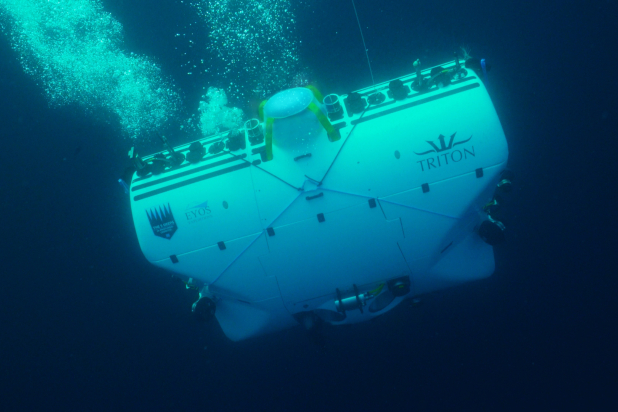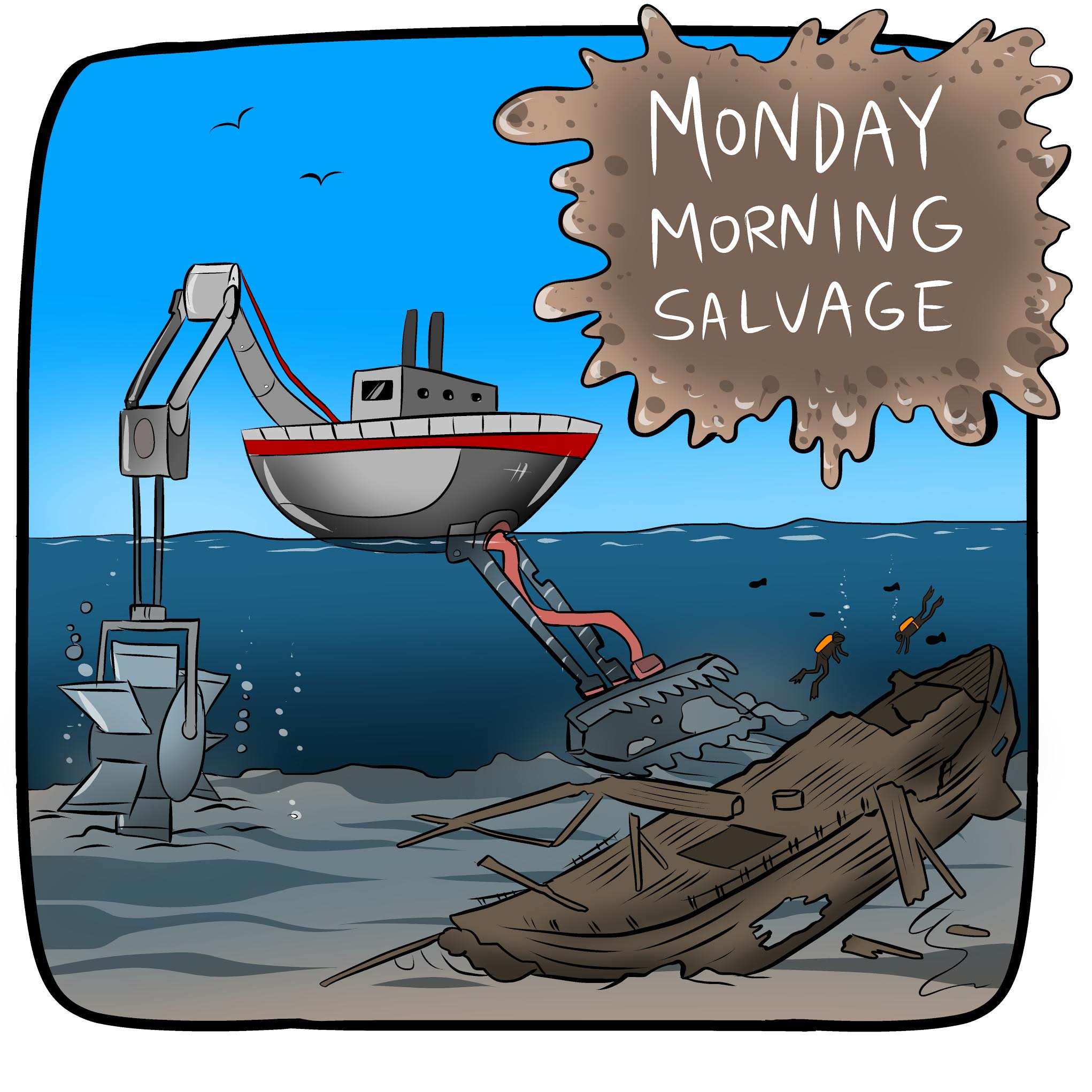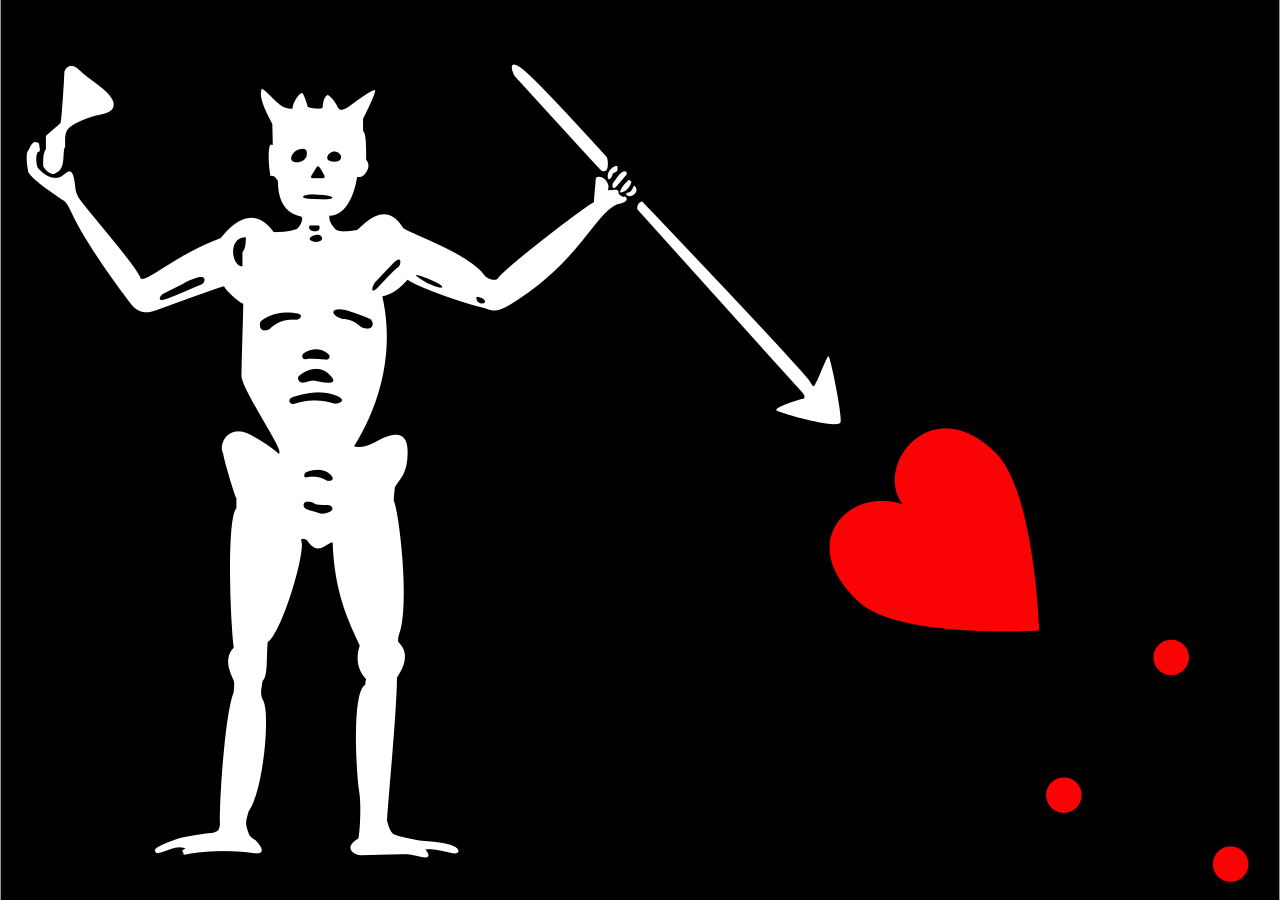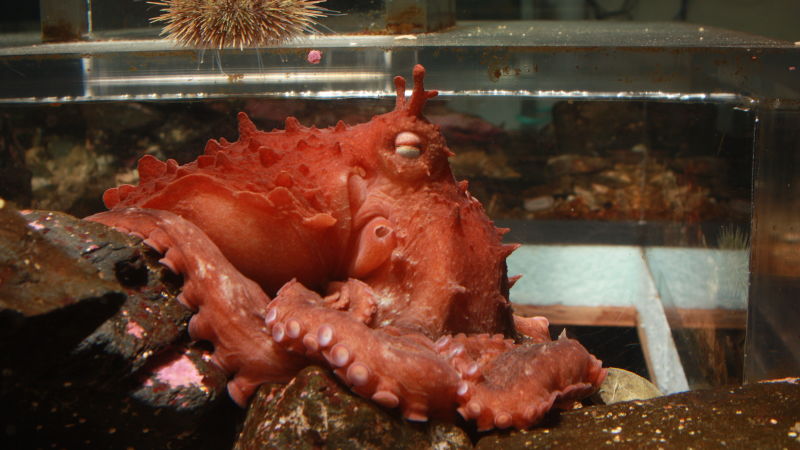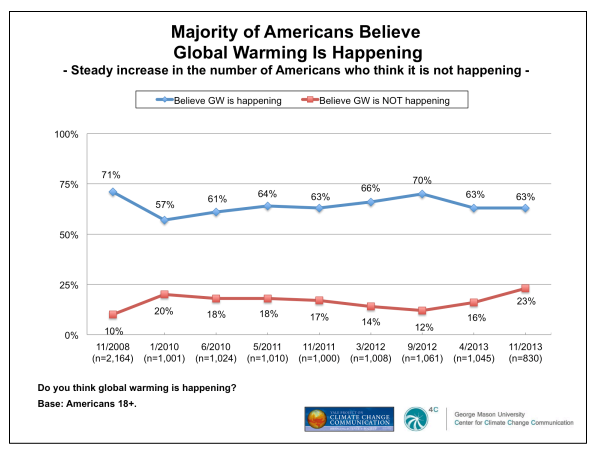
Foghorn (A Call to Action!)
- It ain’t going to be easy, but it isn’t over yet and none of us have earned the right to quit. What genuine, no-bullshit ambition on climate change would look like.
Flotsam (what we’re obsessed with right now)
- Goats are magnificent. We don’t deserve goats. The Dark Story of How Scientists Used Goats to Solve the Bends.
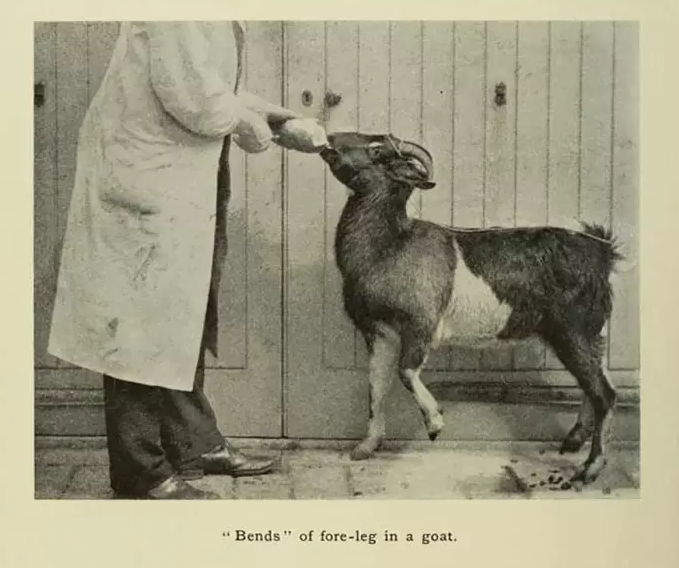
- There’s a new full-ocean capable submarine in town, and for $50 million, you could buy it! Discovery and Science Channel to Document the Five Deeps Expedition in Limited Series.
